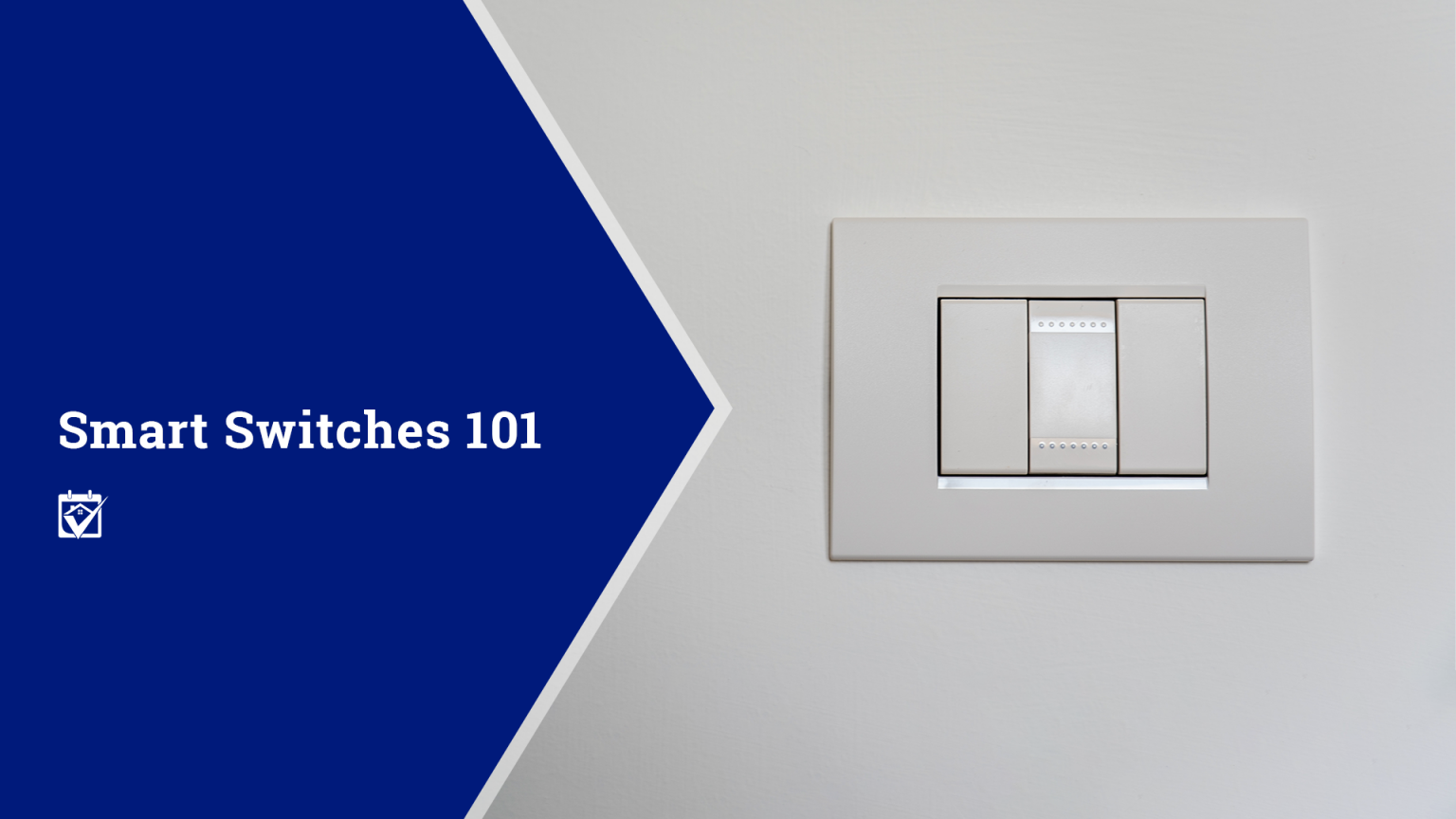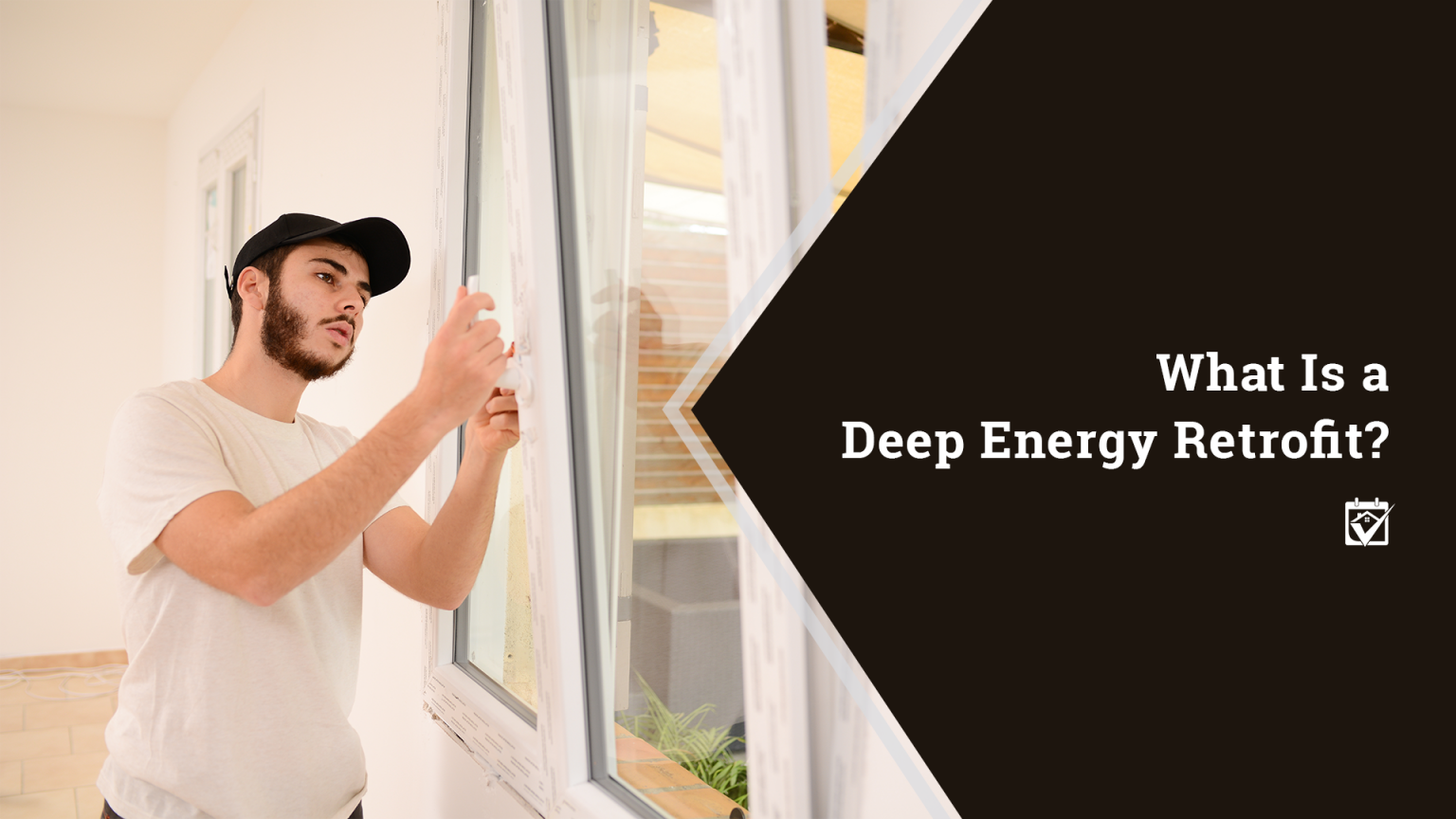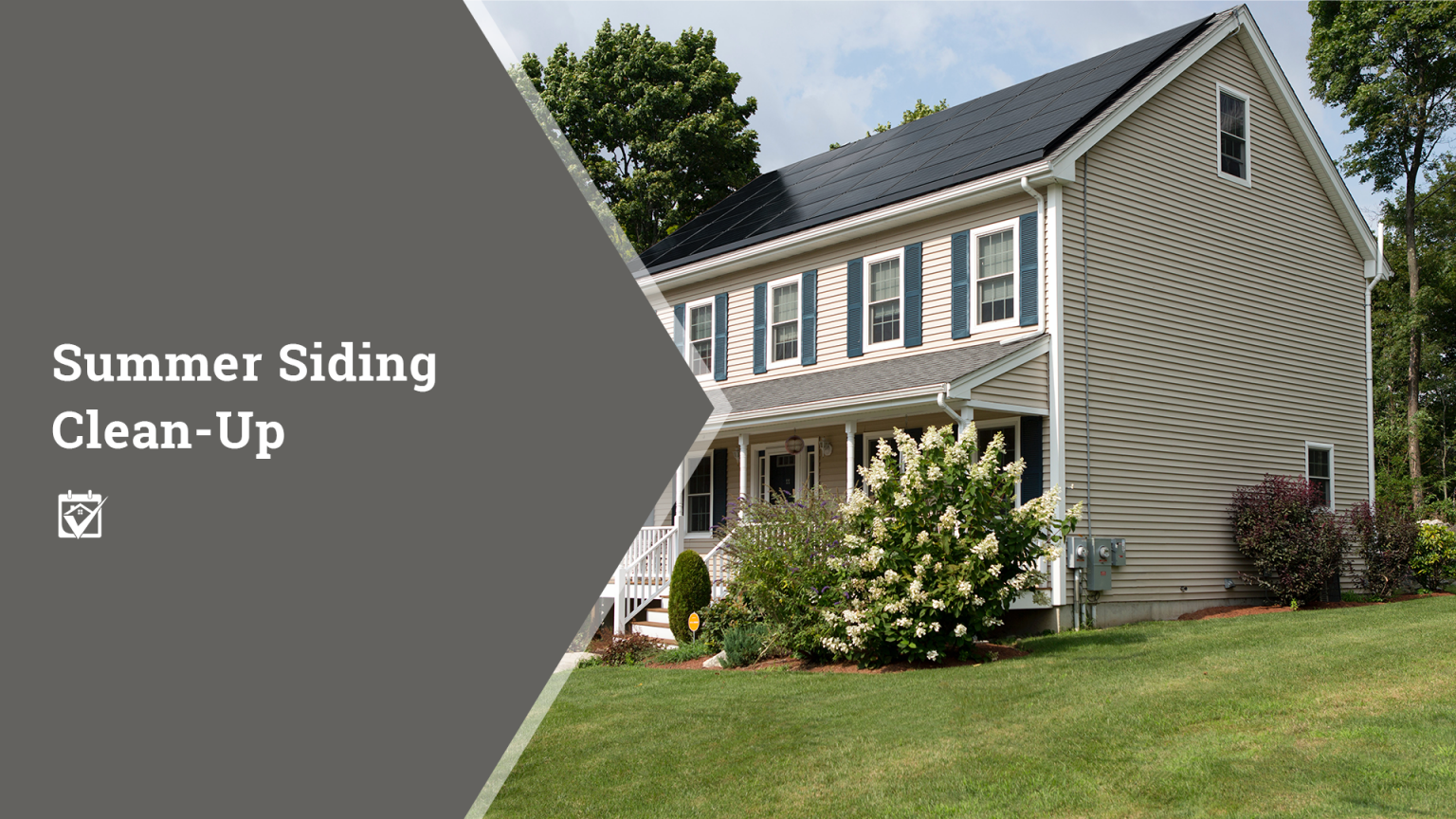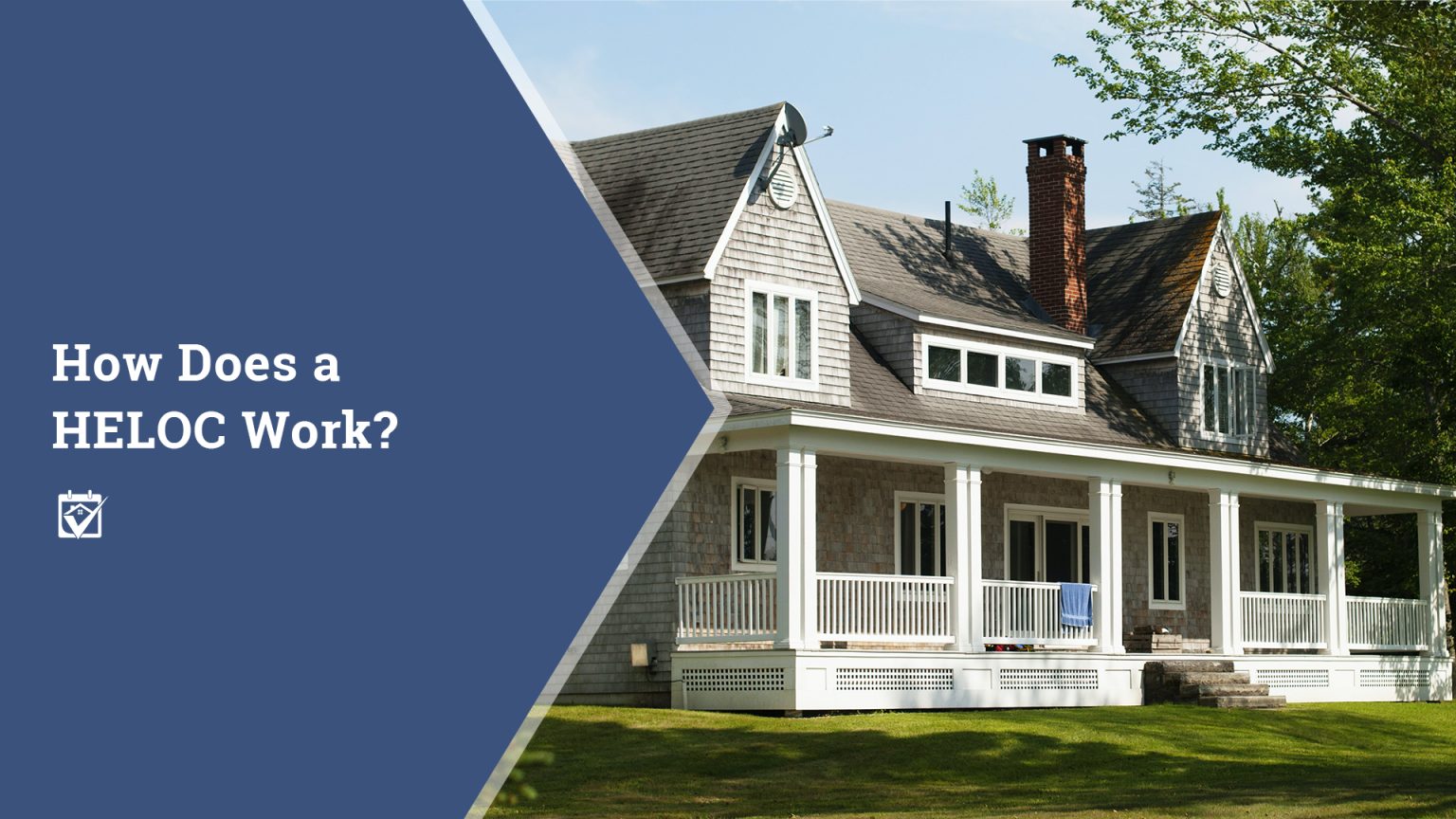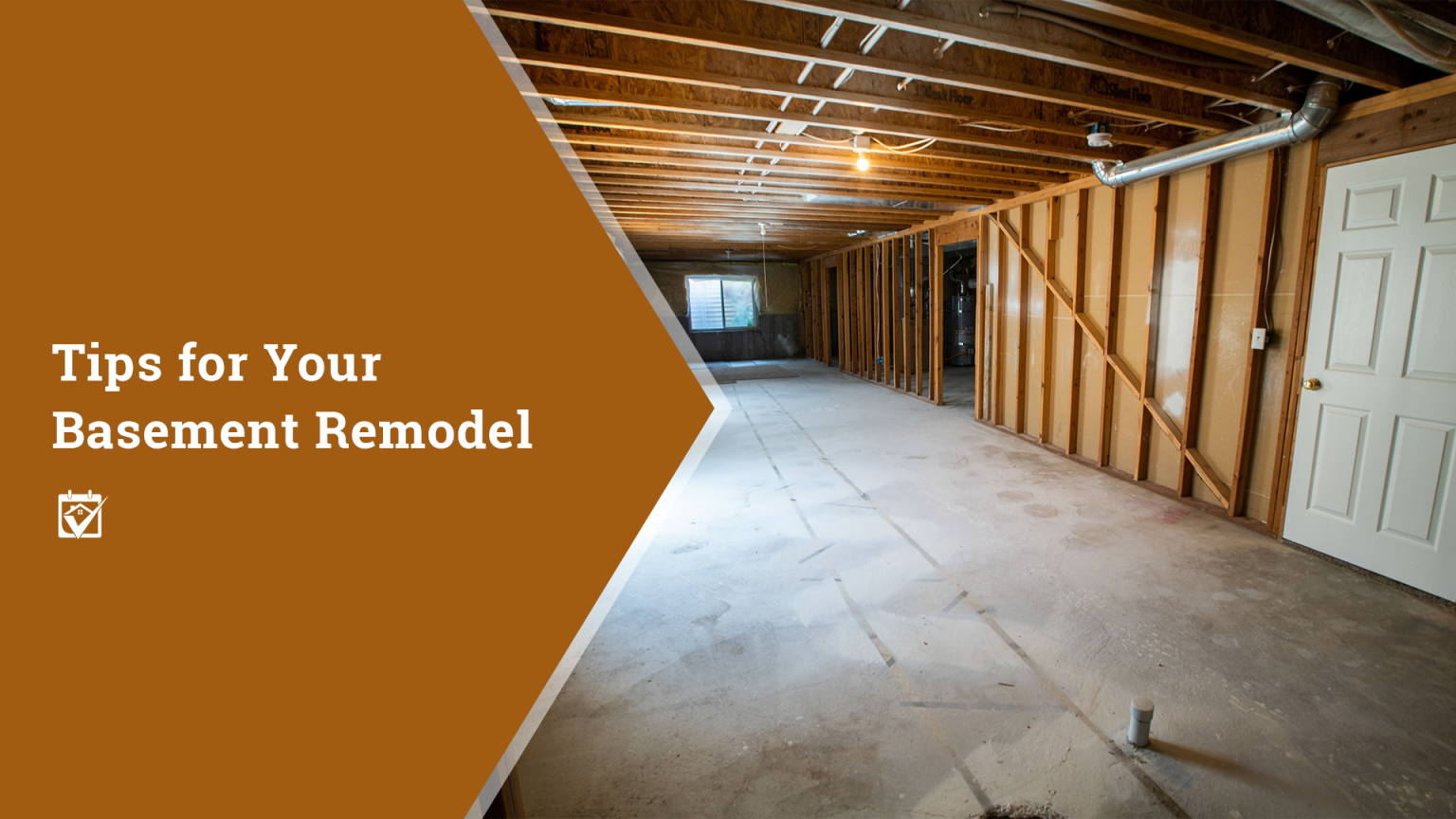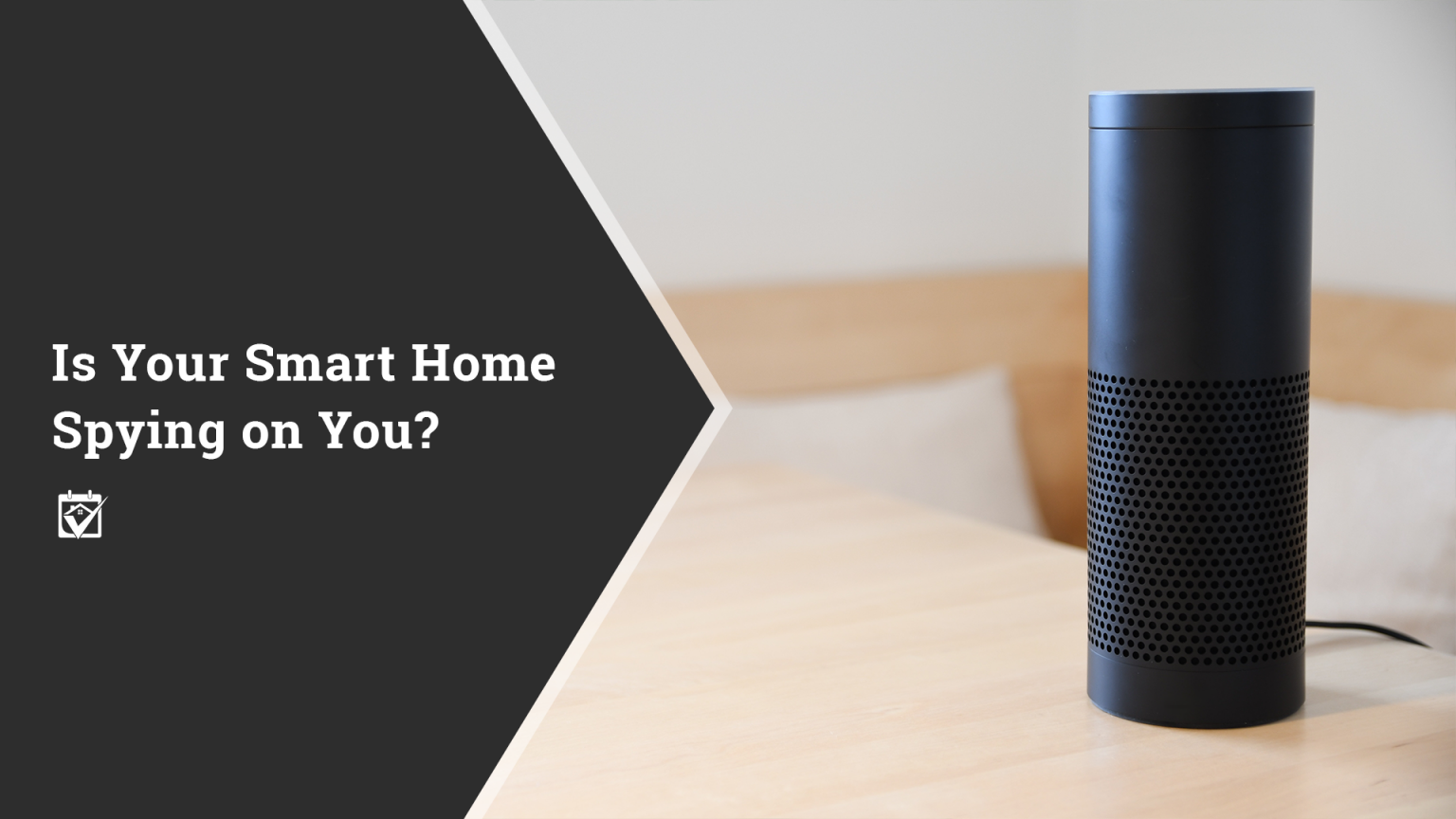
When you’re shopping for a mortgage, it can be tempting to just talk to the first person you meet, sign the loan documents, and be on your way. But before you do that, it’s actually pretty important that you ask what type of financial institution you’re dealing with, because they’re not all the same. Here’s a quick rundown of the main differences.
Traditional Banks
Traditional banks are exactly what you imagine when you think of banks. They’re big institutions that collect deposits, notarize things, and sell bonds to the public. With the funds from these activities, they also may lend their own money for the long term, or they may sell their loans to a secondary loan buyer like Fannie Mae to free up more cash.
With a traditional bank, you’ll often get a pretty good deal when it comes to fees, since there are no middlemen to pay, and a competitive lending rate. However, if you’re looking for special homebuyer programs, you’ll find that banks can’t always offer the same ones, and you may have to go to the specific bank offering the program you’re after. They can also be pretty picky when it comes to borrowers, and may not be willing to overlook blips on your credit report.
Mortgage Brokers
Mortgage brokers often get a bad rap, but they can be very useful if you’re looking for different kinds of programs to help with things like down payment assistance or loans that are far more forgiving of credit issues or high debt-to-income ratios.
You will pay a higher fee for using a mortgage broker, but sometimes that fee is worth the value they bring. Unlike with a traditional bank, mortgage brokers can match you with loans from a portfolio of banks, making it easier for borrowers to secure the mortgage loans they’re after. They can also often close very quickly, since they should know which lenders move quickly and which are slower to respond.
Credit Unions
Credit unions generally require borrowers to be members, but they can be valuable assets when it comes to securing a loan. Like a traditional bank, they typically loan their own money, or the money of credit unions in their network, but unlike a traditional bank, can often make unusual types of loans for specific circumstances. What each credit union will or can do will vary wildly between credit unions.
The fees with a credit union will typically be on the low side, but you may find that the lending is a bit slower and more tedious, since they may not make very many loans per year. This isn’t a bad thing, but it is a thing to be aware of if you need a quick closing because a previous loan or contract fell through and you’re scrambling.
Community Development Financial Institutions
Community Development Financial Institutions (CDFI) are specially certified organizations that have a primary aim to increase access to financial services like mortgages for low-income communities and other people who simply lack access to financing. These organizations can be banks, credit unions, or even venture capital funds.
If you qualify for a loan through a CDFI, you’ll find that you’ll receive favorable terms, as well as low fees, but may also be limited in your options when it comes to lending programs. However, the loans you can get through these organizations are generally very flexible, making it significantly easier for less than perfect borrowers to qualify.

 Facebook
Facebook
 X
X
 Pinterest
Pinterest
 Copy Link
Copy Link

